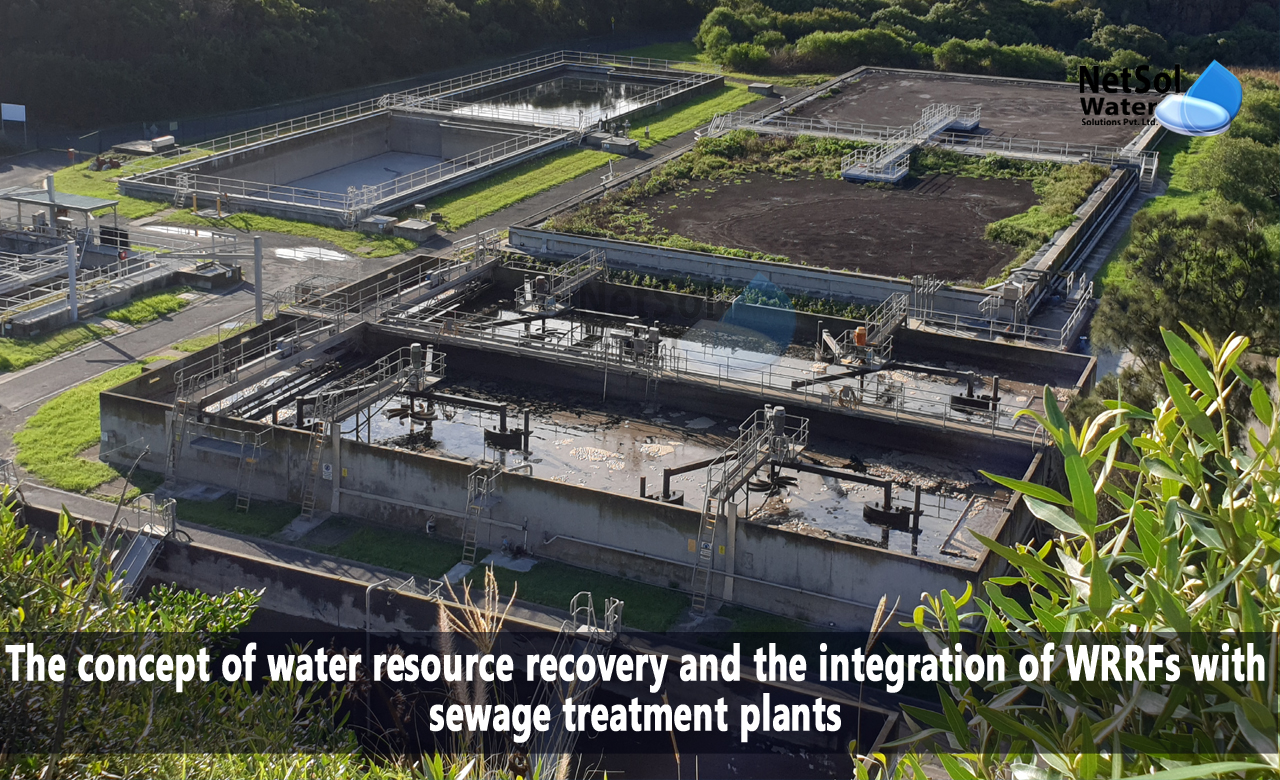STP Plant and WWRFs: Harnessing Value from Wastewater
Sewage treatment plants (STPs) have long been essential in treating wastewater to protect the environment and public health. However, advancements in technology and a growing focus on sustainability have led to the emergence of Water Resource Recovery Facilities (WRRFs), which go beyond conventional treatment to harness the value inherent in wastewater.
In this blog, we will explore the concept of water resource recovery and the integration of WRRFs with sewage treatment plants, highlighting the opportunities and benefits of extracting valuable resources from wastewater.
The Shift from Sewage Treatment Plants to Water Resource Recovery Facilities
While traditional STPs primarily focused on treating wastewater for safe discharge, the concept of water resource recovery takes a holistic approach by recognizing the potential value in wastewater. WRRFs are designed to not only treat wastewater but also recover and reuse resources present in the water, such as energy, nutrients, and water itself.
Harnessing Energy: Wastewater contains organic matter that can be converted into renewable energy through processes like anaerobic digestion or thermal hydrolysis. The captured biogas can be used to generate electricity, heat, or even be upgraded to biomethane for use as a transportation fuel.
Recovering Nutrients: Nutrients like nitrogen and phosphorus, which are essential for plant growth, can be recovered from wastewater. These nutrients can be transformed into nutrient-rich fertilizers or used in agricultural or industrial applications, reducing the need for synthetic fertilizers and closing the nutrient cycle.
Water Reuse: Advanced treatment processes, such as membrane filtration and reverse osmosis, can produce high-quality reclaimed water from wastewater. This reclaimed water can be used for irrigation, industrial processes, or even potable purposes (after suitable treatment), reducing the demand for freshwater resources and promoting sustainable water management.
Benefits of Water Resource Recovery Facilities
- Resource Conservation: WRRFs enable the recovery of valuable resources that would otherwise be wasted. By extracting energy, nutrients, and water from wastewater, we reduce reliance on fossil fuels, reduce the need for chemical fertilizers, and alleviate pressure on freshwater sources.
- Energy Generation and Cost Savings: The generation of renewable energy from wastewater can offset the energy requirements of the treatment process itself and even provide surplus energy for other purposes. This not only reduces operational costs but also contributes to the transition to a low-carbon economy.
- Nutrient Management and Environmental Protection: Recovering nutrients from wastewater helps address nutrient pollution, a significant environmental concern. By reusing these nutrients in a controlled manner, we can reduce the risk of eutrophication in water bodies and support sustainable agriculture practices.
- Water Security and Resilience: Reclaimed water from WRRFs can supplement traditional water supplies, especially in water-stressed regions. By diversifying water sources and promoting water reuse, WRRFs contribute to water security and build resilience to droughts or other water scarcity events.
Integration of WRRFs with Sewage Treatment Plants
The integration of WRRFs with existing STPs presents a significant opportunity to maximize the value recovered from wastewater. By retrofitting or expanding existing infrastructure, the treatment process can be optimized to include resource recovery technologies. This integration requires:
- Process Optimization: Upgrading treatment processes to accommodate resource recovery technologies, such as anaerobic digestion for energy generation or nutrient recovery systems, ensures efficient resource extraction.
- Advanced Treatment Technologies: Implementing advanced treatment processes, like membrane filtration and reverse osmosis, allows for the production of high-quality reclaimed water suitable for various purposes.
- Collaboration and Partnerships: Establishing partnerships between STPs, research institutions, industries, and agricultural stakeholders fosters knowledge sharing, technological innovation, and the development of sustainable business models for resource recovery.
Conclusion
Water resource recovery facilities are transforming the role of sewage treatment plants by harnessing the value inherent in wastewater. By recovering energy, nutrients, and water, WRRFs contribute to resource conservation, cost savings, environmental protection, and water security. The integration of WRRFs with STPs allows us to maximize the potential of wastewater, moving towards a more sustainable and circular approach to water management. Embracing the concept of water resource recovery not only benefits the environment but also paves the way for a more resilient and resource-efficient future.
Netsol Water is Greater Noida-based leading water & wastewater treatment plant manufacturer. We are industry's most demanding company based on client review and work quality. We are known as best commercial RO plant manufacturers, industrial RO plant manufacturer, sewage treatment plant manufacturer, Water Softener Plant Manufacturers and effluent treatment plant manufacturers. Apart from this 24x7 customer support is our USP. Call on +91-9650608473, or write us at enquiry@netsolwater.com for any support, inquiry or product-purchase related query.



